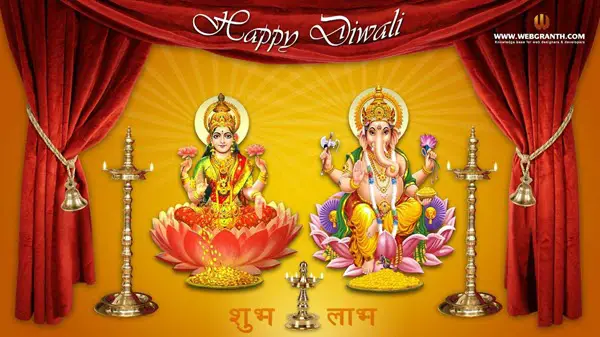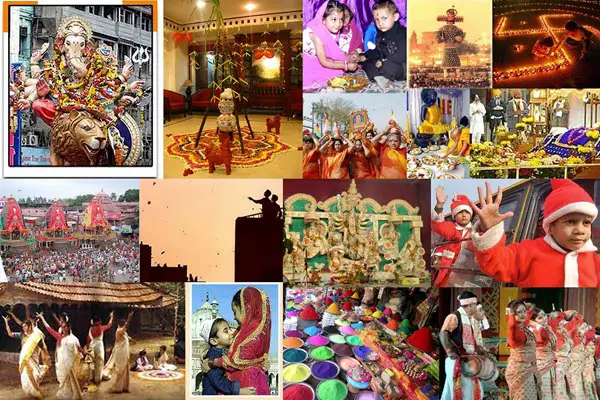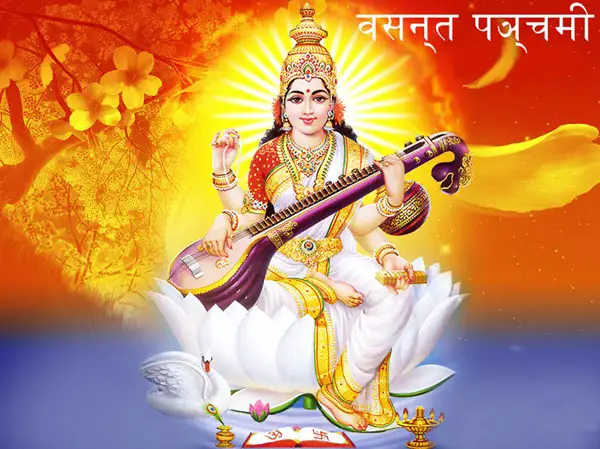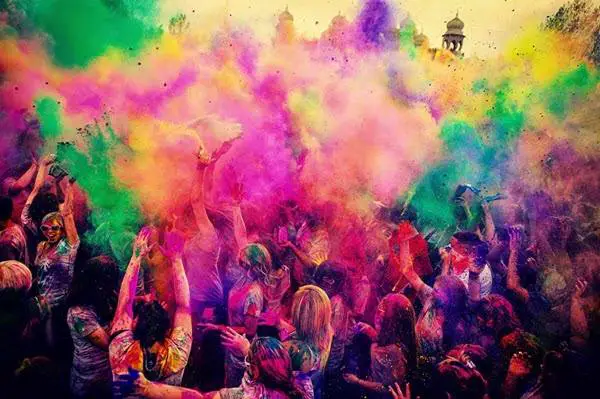Today, we are sharing useful information on Makar Sankranti Festival.
Makar Sankranti is one of the most auspicious days for Hindus. The festival of Makar Sankranti is celebrated in almost all parts of the country with immense devotion, joy, fervor, and enthusiasm.
New Year is a time of festivity, celebration, and happiness.
Every Individual looks forward to the coming year with great hopes and expectations and wants to make the year wonderful and joyful.
Amongst this festive atmosphere comes a very special festival. Yes, you are right; it is none other than Makar Sankranti.
The festival of Makar Sankranti is also known as Sankranti or Makara Sankranti and is the first Hindu Festival of the year. It is dedicated to the worship of the Sun God.
Makar Sankranti is a Hindu festival in which the Prataksha-Brahma, the Sun God, is worshiped with full devotion and dedication.
It is celebrated every year in January.

Makar Sankranti marks the first day when Sun transits into the Makara Rashi (Capricorn).
It is the festival that celebrates the solar cycle. It is celebrated according to the solar cycle and almost always falls on the same Gregorian date, 14th of January.
However, in some years, the date can shift by a day for that year. So, in some years, Makar Sankranti is celebrated on 15th January.
The special day of Makar Sankranti is marked with prayers to the Sun God in various forms. It’s a thanksgiving festival to the Sun God. Thousands of people take a holy dip in places like Ganga Sagar and Prayag.
Makar Sankranti is celebrated in the form of Pongal in the Southern part of India, whereas North India witnesses it in the form of Lohiri. Even in Gujarat, it is celebrated with great pomp and show where the skyline is filled with different colors of kites.
Table of Contents
Popular Makar Sankranti Legends
There are various mythological stories attached to the festival of Makar Sankranti.
Here, we mention some of the popular stories attached to the festival of Makar Sankranti.
On this day, King Bhagirath brought the Holy Ganga to Earth. As according to Mahabharata, the Great warrior Bhishma Pitamah left his body on this day.
It is believed those who so ever leave their body on his day attain Moksha or liberation. It is also said that Lord Sun visits his son Shani Deva who is the ruling deity of Makar Rashi (Capricorn).
The festival of Makar Sankranti is mentioned in the Hindu epic of Mahabharata. It was called the Magha Mela. So, the Makar Sankranti Festival is at least 5000 years old.
Why do we celebrate Makar Sankranti?
Makar Sankranti marks the entry of the glorious Sun-God into the Northern Hemisphere. The festival lasts for four days, beginning from 14th Jan to 17th Jan. It is the period in which the Sun transits from the house of Sagittarius to the house of Capricorn.
Sun for the Hindus stands as the Pratyaksha Brahma, the glorious divinity that blesses one and all. Sun in the Hindu religion is regarded as the Supreme God and an embodiment of truth, knowledge, and wisdom.
The Sun God signifies that we should move higher and higher in our evolutionary path as the Sun transcends from the Southern Hemisphere to the Northern Hemisphere on the day of Makar Sankranti.
“Tamso Maa Jyotir Gamaya” is truly manifested by the Sun God.
So, the festival of Makar Sankranti is dedicated to the Sun God, Surya.
The Vedic texts (particularly Rig Veda) bring out the glory of the Sun God. So, the Vedas sing praises of the Sun God.
For example, the Gayatri Mantra is closely related to the Sun God. It is a sacred hymn of Hinduism found in the Rig Veda.
The festival also marks the auspicious beginning of the six months known as “Uttarayana.”
Secondly, Makar Sankranti is also important for spiritual practices.
So, people take a holy dip in sacred rivers such as the Ganges, Yamuna, Godavari, Kaveri, and Krishna. Bathing in these holy rivers is believed to relieve oneself from past sins.
Here it is important to note that the traditional Indian Calendar is based on lunar positions, while Makar Sankranti is a solar event.
That’s the reason the date of Makar Sankranti remains the same each year.
Thirdly, Makara Sankranti celebrates the harvest season.
Various factors contribute to the Makar Sankranti celebrations.
Makar Sankranti marks the end of the Rabi cycle.
People have sown crops in their fields, and now the hard work in the fields is mostly over. So, Makar Sankranti heralds the time for good business in the coming year.
Fourthly, from Makar Sankranti, the days will begin to be longer, and the nights will begin to be shorter.
Fifth, Makar Sankranti is considered a very auspicious time for various Hindu celebrations all over the country.
For example, Lohri, one of the main festivals of Punjab, is celebrated with much pomp and show. The festival is celebrated on 13th January every year.
Lohri marks the onset of the harvest season in Punjab. It is celebrated by paying respect to the Sun God. People celebrate it with traditional food, folk dances, and born fire.
So, we see that the Makar Sankranti festival is a religious celebration and seasonal observance.
What is the meaning of the Sankranti?
Sankranti signifies the transmigration of the Sun God from one Rashi (It is the constellation of the zodiac as defined in Indian astronomy) to the next.
So, there are 12 Sankranti in a year.
Each Sankranti marks the beginning of a month in the sidereal Solar Calendars, followed by Andhra Pradesh, Telangana, Maharashtra, Kerala, Karnataka, Punjab, Odisha, Gujarat, and Nepal.
For the sidereal Bengali and Assamese Calendar, a Sankranti marks the end of each month, and the day following is the beginning of a new month.
Here, we list out some of the important Sankranti in a year:
Makar Sankranti: The day marks the transition of the Sun into Makar Rashi (Capricorn). Makar Sankranti also marks the beginning of the six-month Uttarayana period.
It is the day when the Sun begins its northward journey to the Northern Hemisphere.
The date of Makaraa Sankranti is constant over the long term. It is usually the 14th of January or, occasionally, the 15th of January, when the Sun begins to rise in the Makar Rashi.
Mesha Sankranti: It is the day when the Sun enters the sidereal Mesha Rashi or Aries. So, Mesha Sankranti marks the beginning of the New Year as per the traditional Hindu Solar Calendar.
It generally falls on the 14th or 15th of April.
Many regional New Year festivals take place on this day, such as the Baisakhi in the Punjab region and Pana Sankranti in Odisha.
Mithuna Sankranti: It celebrates the annual menstruating phase of Mother Earth. It is known as Raja Parba or Ambubachi Mela in the northeastern provinces of India.
Dhanu Sankranti is celebrated on the first day of the Solar Pausha month. It is a very popular festival in Southern Bhutan and Nepal. People celebrate it by eating wild potatoes. It is usually celebrated on 17th December.
Karka Sankranti: It marks the transition of the Sun into Karka Rashi (Cancer). It also marks the end of the six-month Uttarayana period and the beginning of Dakshinayana. It is usually celebrated on July 16th.
How is Makar Sankranti Celebrated?
Makar Sankranti is celebrated with great joy in different parts of the country. Each region has its unique way of celebrating this auspicious festival Makar Sankranti.
Moreover, the Makar Sankranti festival is known by different names in different parts of the country.
For instance, Makar Sankranti is known as Pedda Panduga in Andhra Pradesh, Pongal in Tamil Nadu, Makara Sankranti in Karnataka, Magh Bihu in Assam, Maghi in Punjab, Khichari in Uttar Pradesh, Uttarayana in Gujarat and Magha Mela in Central and Northern India.
It is a period for socializing and family bondage. People pray to the Sun God and thank them for their success, well-being, and prosperity.
There is also a shared cultural practice wherein people prepare sticky, bound sweets known as til-laddoos.
It is prepared from sesame (til) and a sugar base such as gur or gud (Jaggery). The sweet symbolizes peace and joyfulness among people and teaches us to live together despite differences between individuals. People in Maharashtra prepare til-laddoos locally and distribute them among their friends and relatives.
Makar Sankranti is predominantly a harvest festival wherein farmers pay respect to the crops that are about to be cut.
It is also considered important for spiritual practices.
People take a dip in holy rivers such as the Ganges, Yamuna, Kaveri, Godavari, and Krishna. It is said that having a bath in holy rivers helps to get rid of one’s sins and bad deeds.
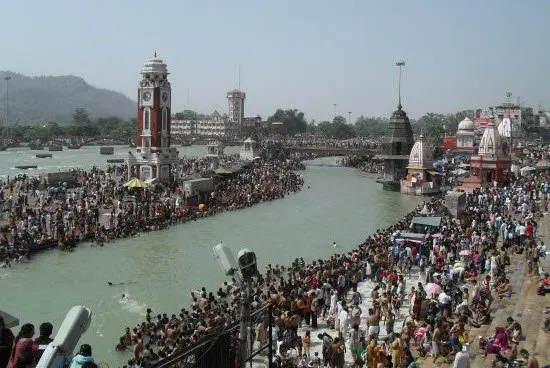
In fact, Makara Sankranti marks the beginning of the Kumbh Mela in Uttar Pradesh, whereas in Kerala, it signifies the end of the most difficult pilgrimage of Sabarimala.
In states such as Uttar Pradesh, Makar Sankranti is celebrated as ‘Khichari.’ People take a dip in holy rivers. One month-long Magha Mela fair begins in Prayag (Allahabad).
Apart from Allahabad, rituals are performed mainly in Haridwar, Banaras, etc. Rituals and bathing are performed in each of the cities falling along the Ganges and other holy rivers.
Likewise, in Bengal, the festival takes in its own flavor, where one month of Magha Mela is held along the Ganga Sagar. Here, people take a holy dip in the Ganges and purify them. They pray for their ancestors.
Moving down to the South, the festival is celebrated with the name ‘Pongal.’ Pongal is a major festival in Tamil Nadu, where boiled Rice is taken with milk and other pulses are cooked with milk. All this is performed in the form of rituals. Pongal is one of the biggest festivals, particularly in Tamil Nadu.
Well, in Andhra Pradesh, Makar Sankranti is celebrated as a four-day harvest festival. They call it ‘Pedda Panduga.’ The first day of Sankranti is celebrated as Bhogi, the second day as Sankranti, the third day as Kanuma, and the fourth day as Mukkanuma.
The Makar Sankranti festival is also very popular in the states of Maharashtra and Gujarat. In Maharashtra, people exchange Til-Gud Ladoos made out of Til and Jaggery. People of Gujarat fly kites that have now become an international event.
In Punjab, the festival is celebrated in the form of “Lohari.”
Thus, we see that Makar Sankranti is a national festival celebrated with great joy and religious fervor. The rituals may differ, but the essence is the same. It is celebrated with great pomp, joy, and enthusiasm.
May the festival of Makar Sankranti bring immense joy and happiness to your life.
Makar Sankranti Date 2024
Makar Sankranti will be celebrated on: 15th January 2024, Monday
We Wish You HAPPY MAKAR SANKRANTI.

